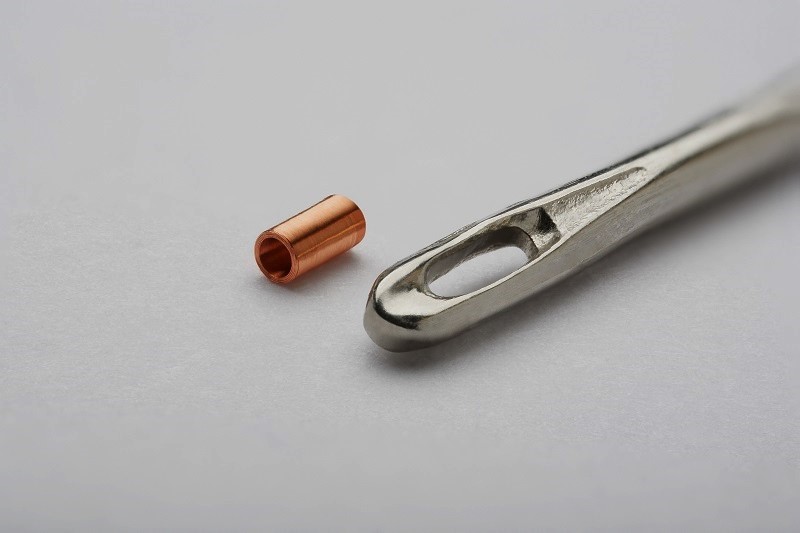All You Got to Know about Biomedical Sensors
The demand for biomedical sensors is increasing day by day in order to treat multiple chronic diseases. Some areas of the human body that were inaccessible earlier, after the development of the medical sensors, doctors can easily reach and treat those areas. Micro-coil is the most important component of the medical sensor; therefore, the production of medical sensors actually involves the production of medical sensors. The main methods that take part during the preparation of these coils are the coil winding method and connecting method for ultra-fine wires. However, to conduct these methods, custom equipment, and built in-house machinery are necessary.

The Classification of Biomedical Sensors
There are different classifications of biomedical sensors based on the types, functions, placements, and applications. For instance, if we consider the type, there are multiple sensors of different types, such as image sensors, blood oxygen sensors, pressure sensors, blood glucose sensors, ECG sensors, motion sensors, temperature sensors, inertial sensors, etc. Considering the functions, the major classifications of sensors are mechanical, semiconductor, electrochemical, thermal, bio, magnetic, optical, and so on. Based on the placement of the biomedical sensors, there are different sensors, such as ingestible sensors, wearable sensors, invasive/non-invasive sensors, implantable sensors, and strip sensors. Finally, considering the application area, the main classifications of sensors are imaging, diagnostics, wellness, medical therapeutics, fitness, and monitoring sensors.
The Importance of Biomedical Sensors
Biomedical sensors are quite important for doctors due to the multiple opportunities that the sensors provide-
- The biomedical sensors help the doctor to have access and diagnose some unreachable regions of our bodies.
- Biomedical sensors are important in cryo-cancer treatment for the elimination of tumors using heating or freezing methods.
- Biomedical sensors help doctors to detect, and cure disrupted body functions.
- When it comes to providing better longevity for the implants by consuming less energy, biomedical sensors are useful.
Manufacturing Process and Requirements
The Micro-coil manufacturing process is the foundation of preparing biomedical sensors. The manufacturing of the micro-coils involves the winding of ultra-fine wires around a pin or core. The ultra-fine wire that has 8 to 9 microns diameter is necessary for this manufacturing in order to maintain the small size of the micro-coils. Conversely, the small size of the micro-coils is essential to place them into miniaturized medical devices. However, during the manufacturing process, manufacturers require to join two ultra-fine wires, and this is a quite difficult job. Thermal compression bonding technology can provide the ultimate connectivity solution for these wires. To maintain the high quality of the micro-coils and fulfill the ultra-strict tolerance needs, manufacturers also require specialized built in-house equipment and machinery.
Applications of Biomedical Sensors
Biomedical sensors have an enormous number of applications, such as
- For the production of active implants to monitor pacemakers and control deep brain stimulation,
- For therapeutic applications including electricity-based removals and electrophysiology treatments,
- In diagnostic applications where wireless communication is necessary,
- For the production of orthopedic operating systems,
- In order to prepare the devices for dental treatment, and
- To control and monitor navigation activities, for instance, inter-body tagging, targeted radiation catheters, stent positioning, highly-accurate ablations, implanted markers, and targeted drug delivery.



